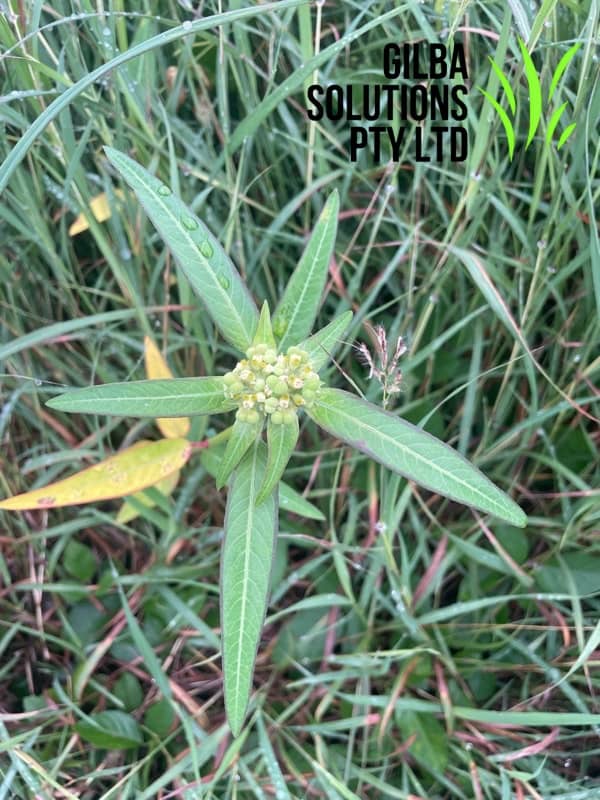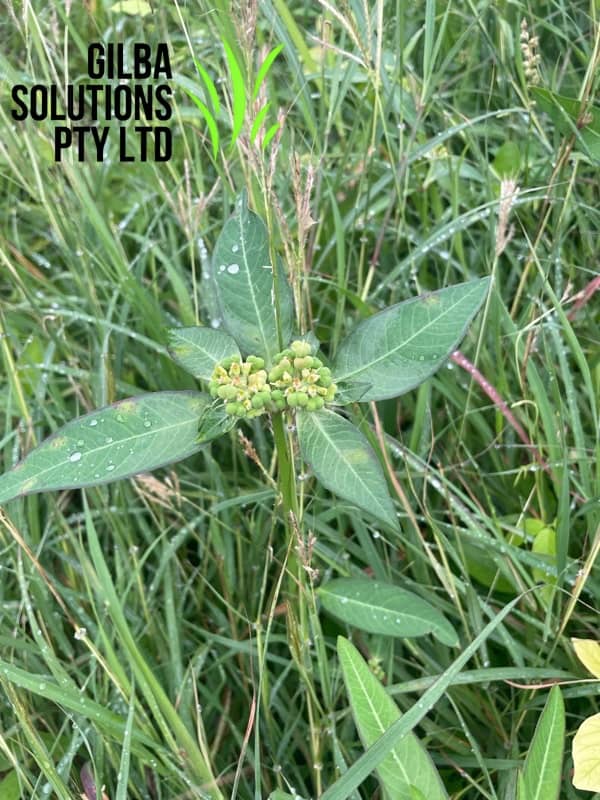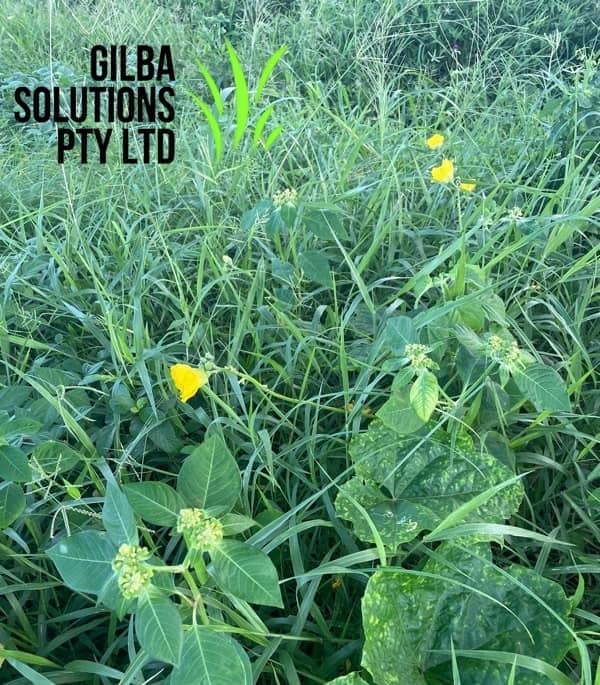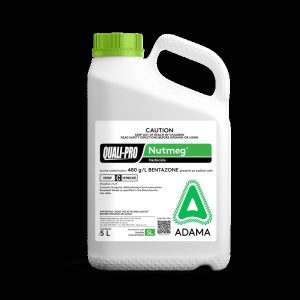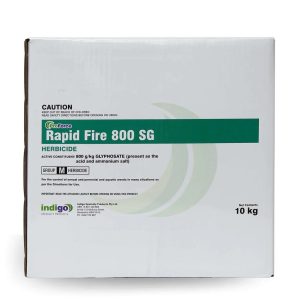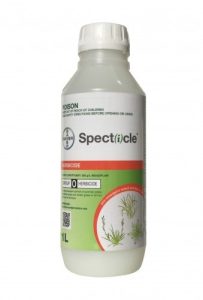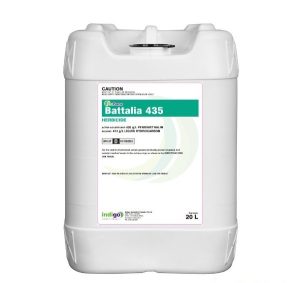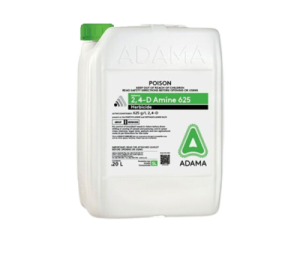Painted Spurge (Euphorbia heterophylla)
Painted Spurge (Euphorbia heterophylla) is also known as Milkweed, and is an in invasive annual weed of the tropics and sub-tropics. You find this weed in crops, orchards, gardens, pastures, waste and disturbed areas, and along roadsides and drainage ditches. It is in the same family as Petty Spurge.
After you read this, you will be able to:
- Identify Painted Spurge, Euphorbia heterophylla or Milkweed.
- Know the habitat of Milkweed.
- Know the best cultural and chemical options to control Painted Spurge.
Why is Painted Spurge a Problem Weed?
- Painted Spurge is a fast-growing plant that can quickly cover existing vegetation.
- Euphorbia heterophylla has resistance to some common herbicides, and as a result it has spread rapidly in many parts of the world.
- Milkweed produces large amounts of seed very quickly, and is able to tolerate a variety of different soil types. Painted Spurge has a very short life cycle of only 40 to 45 days.
- The seeds remain dormant for long periods, and germinate in a range of conditions.
- The milky sap of E. heterophylla is toxic, and causes skin irritation or eye damage.
- Painted Spurge has an allelopathic effect on some plants.
The distribution map for Milkweed is courtesy of The Atlas of Living Australia.
How to Identify Painted Spurge.
Category: Broadleaf (Dicot)
Photosynthetic Pathway: Euphorbia heterophylla is a C4 weed.
Flower: The inflorescence of Painted Spurge or Milkweed, is a cluster of many, short-stalked, cup-shaped structures at the end of the stems and side branches. The flowers are yellow or green.
Height: Milkweed is up to 60 cm tall, with hollow, reddish-green, smooth, and sparsely branched stems.
Leaf length: Painted Spurge has alternate lower leaves along the stem. The upper leaves are opposite, have an egg shape, and are up to 12 cm long. The leaves are hairless to moderately hairy, and have a pointed tip.
Leaf width: The leaves are up to 7 cm wide.
Reproduction of Painted Spurge.
Painted Spurge releases its seed explosively, and it then spreads by water, in mud that attaches to vehicles and also by animals. Large seed banks develop as seed production is high, and these have a high germination rate.
Under the right conditions, large populations quickly build-up, and these then form dense canopies that smother turf grass.
Milkweed produces flowers as soon as 30 days after it germinates, and seeds form 20 to 25 days later. A single Painted Spurge plant produces up to 100 seeds at once, and over a season it produces over 4,500 seeds.
The seeds are not dormant when they disperse, and under the right conditions germinate immediately. As a result the plant has 4 to 5 cycles in one season. Germination can occur from soil depths of up to 10 cm.
Comments: The hollow stems of Painted Spurge have a milky sap, which is very toxic, and has been known to cause the death of livestock and humans.
Habitat: Milkweed is a weed of disturbed areas.
For more information on weeds check out our weed ID Chart.
Control of Painted Spurge.
You can control Milkweed by cultural and chemical means, but to successfully manage of this weed, it is best if you adopt an integrated approach.
Cultural Control of Painted Spurge.
- If you hand weed seedlings, and repeat this over time it is possible to control this weed.
- It’s best to begin when Painted Spurge plants are young, and before it produces seed.
- Dispose of any plant material that contains seeds and take it off-site.
- Wash-down vehicles and machinery to remove soil and seed, if you move from areas where Painted Spurge occurs.
Chemical Control of Painted Spurge.
Painted Spurge is resistant to many herbicides, and not easily to control with chemical methods. The aim is to reduce the seed bank and keep it at a low level. On this basis the pre-emergent herbicide BASF Freehand is worth looking at. This is registered to control Euphorbia spp.
Pre-emergent Control.
- Pendimethalin
- Indaziflam. US work shows that Indaziflam gives pre-emergent control of Painted Spurge. This can only be used to prevent Milkweed in warm season turf grass.
Post Emergent Control of Painted Spurge.
- 2,4-D. This is safe to use on Buffalo grass.
- Bentazone. This is effective for E. heterophylla control at the 4-6 leaf stage, and is safe to use on Buffalo grass.
- Amicarbazone.
- Metsulfuron. Good post emergent control of Painted Spurge can be achieved with Metsulfuron + 2.4-D (2.4 + 670 g/Ha ) + a non‐ionic surfactant (0.1% or 1ml/L).
Non Selective Control of Painted Spurge.
- Glufosinate-ammonium.
- Glyphosate. You can use Glyphosate as a non selective option to control Painted Spurge or Milkweed. If you use Glyphosate, and water quality is an issue then use ProForce Manta Ray.
The following are non-selective but also have a long term residual and stop any re-growth of Painted Spurge.
- Renegade. Renegade stops the germination of Milkweed for up to 12 months, and reduces the need for multiple herbicide applications.
- Numchuk Quad. This gives effective post and pre emergent Painted Spurge control for up to 12 months.
- Cortex Duo. Cortex Duo gives a rapid knockdown of Milkweed, and residual control for up to 3 months, and is safe to use around trees.
Table of Non Selective Painted Spurge Herbicides.
Product | Active Ingredient | Group | Use Rate/Ha |
Glufosinate 200 | Glufosinate-ammonium | 10 | 1 to 6 L |
Rapid Fire 800 | Glyphosate | 9 | 0.9 to 1.35 Kg |
Numchuk Quad | Terbuthylazine + Glyphosate + Amitrole Oxyfluorfen | 5 + 9 + 34 + 14 | 20 to 25 L |
Cortex Duo | Nonanoic Acid + Oxyfluorfen | 14 | 7 L/1000L |
Renegade | Bromacil | 5 | 3.5 to 6.5 Kg |

